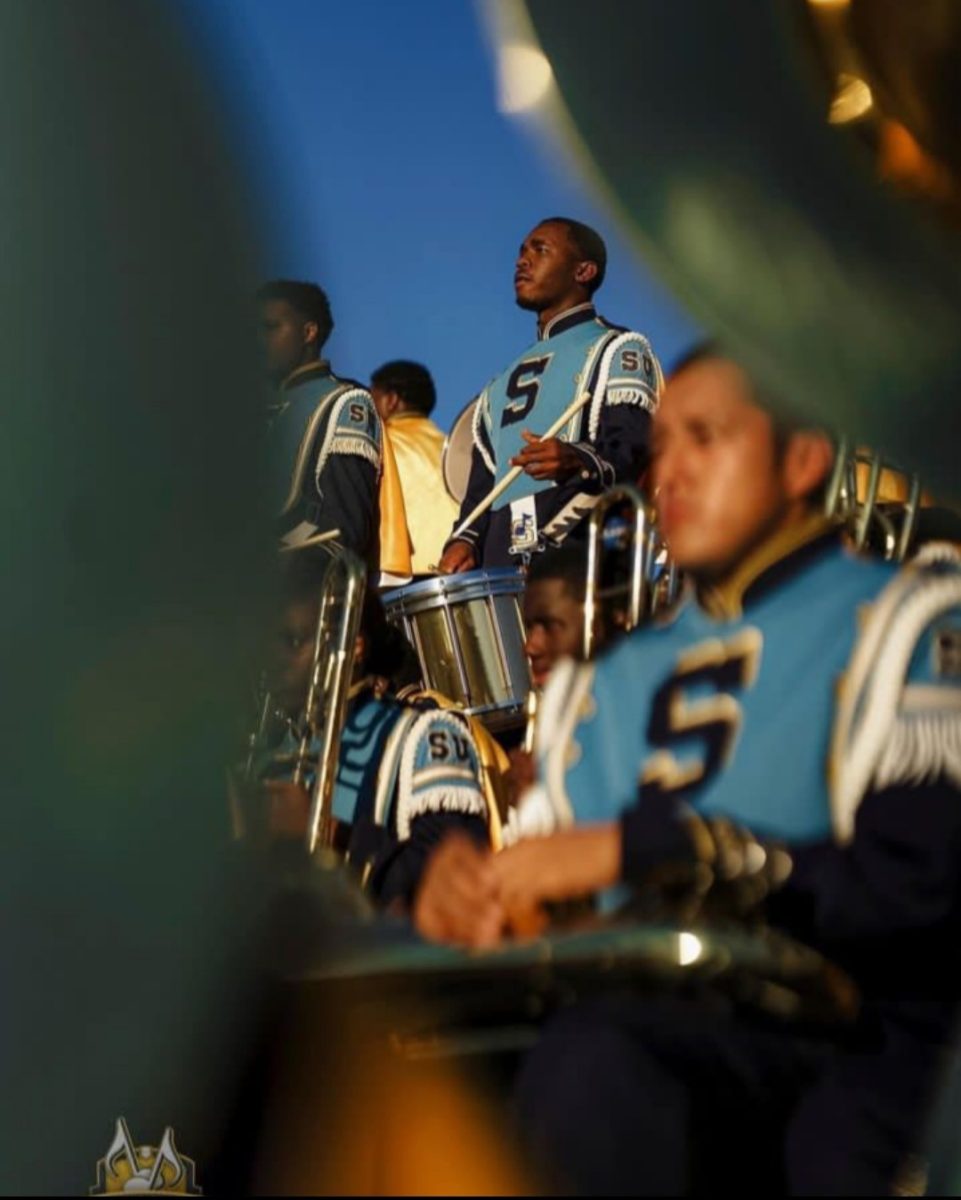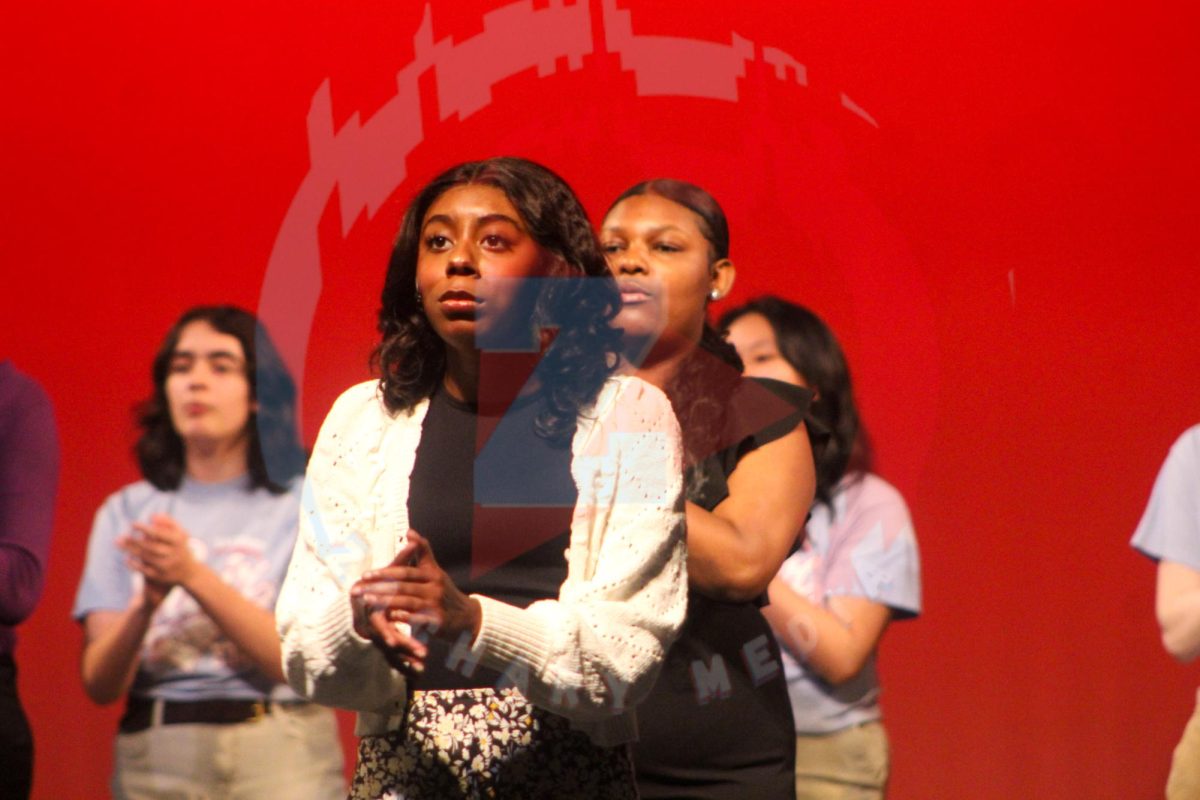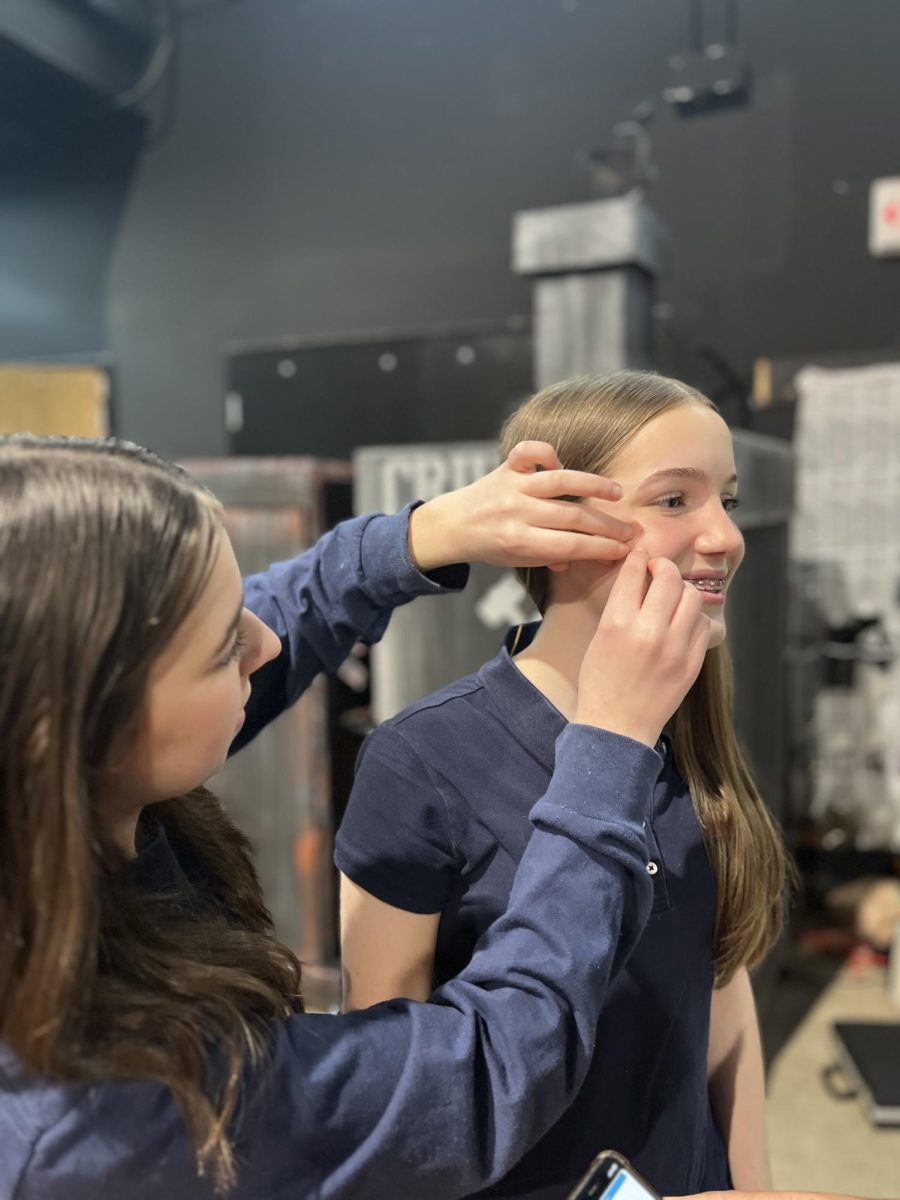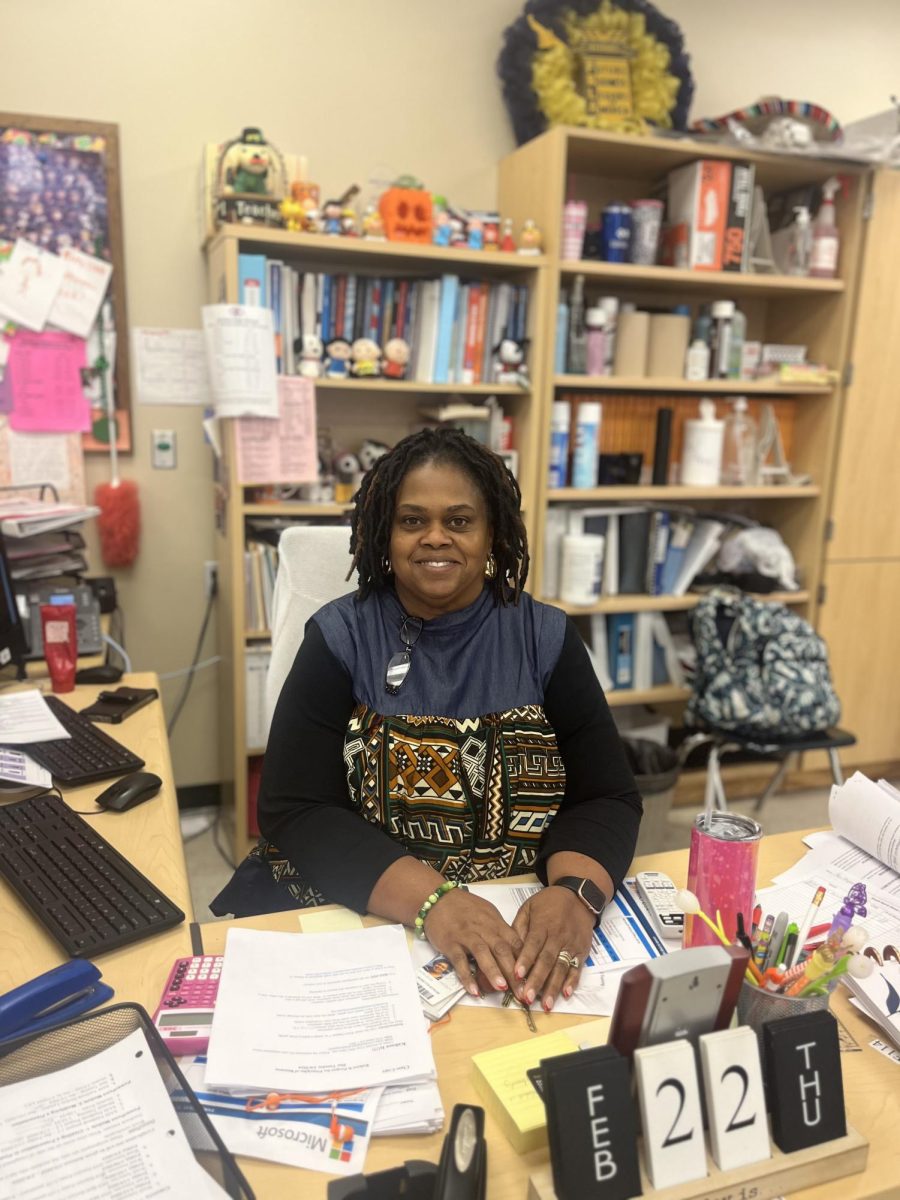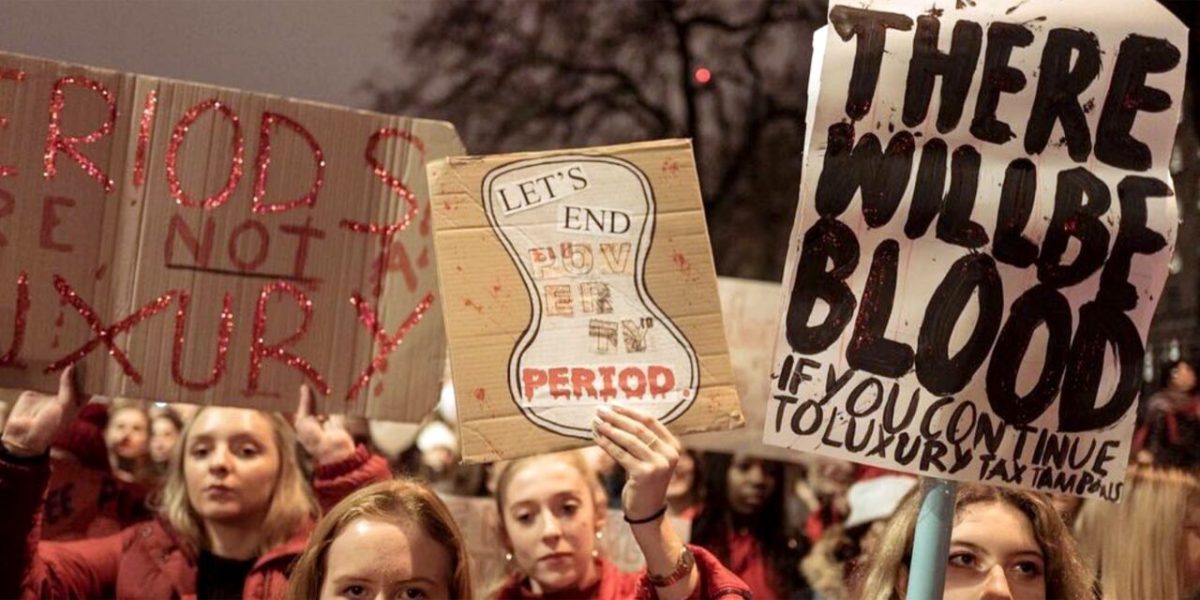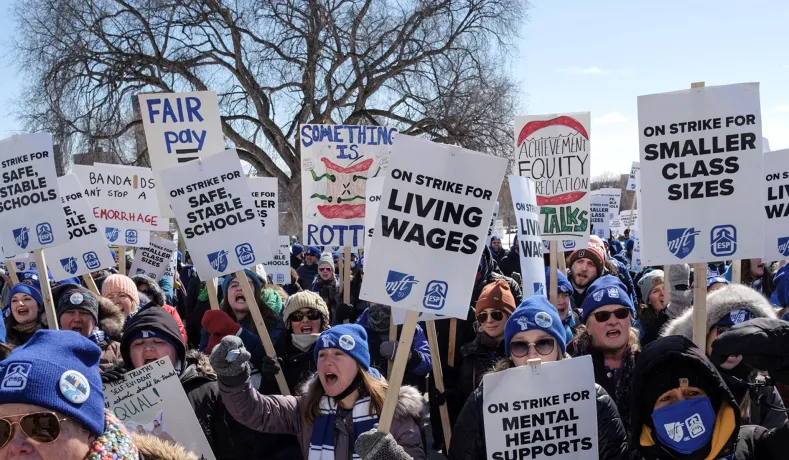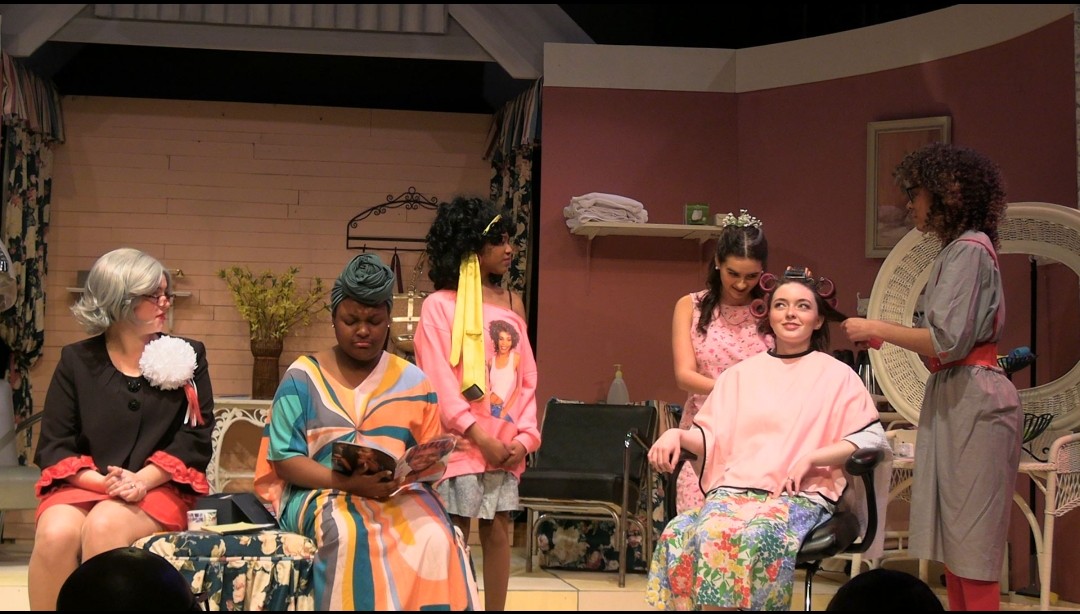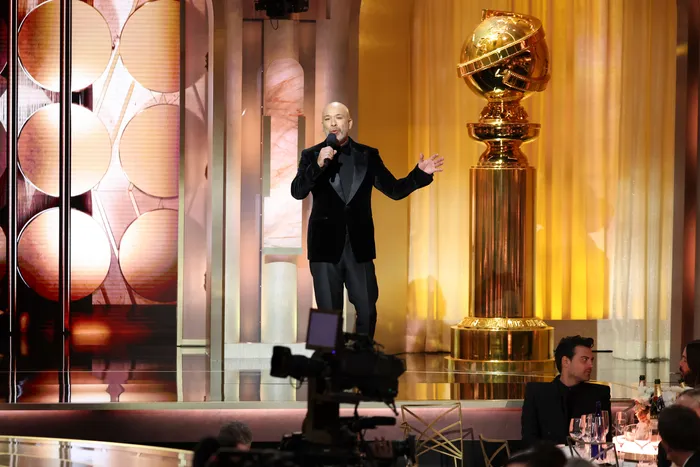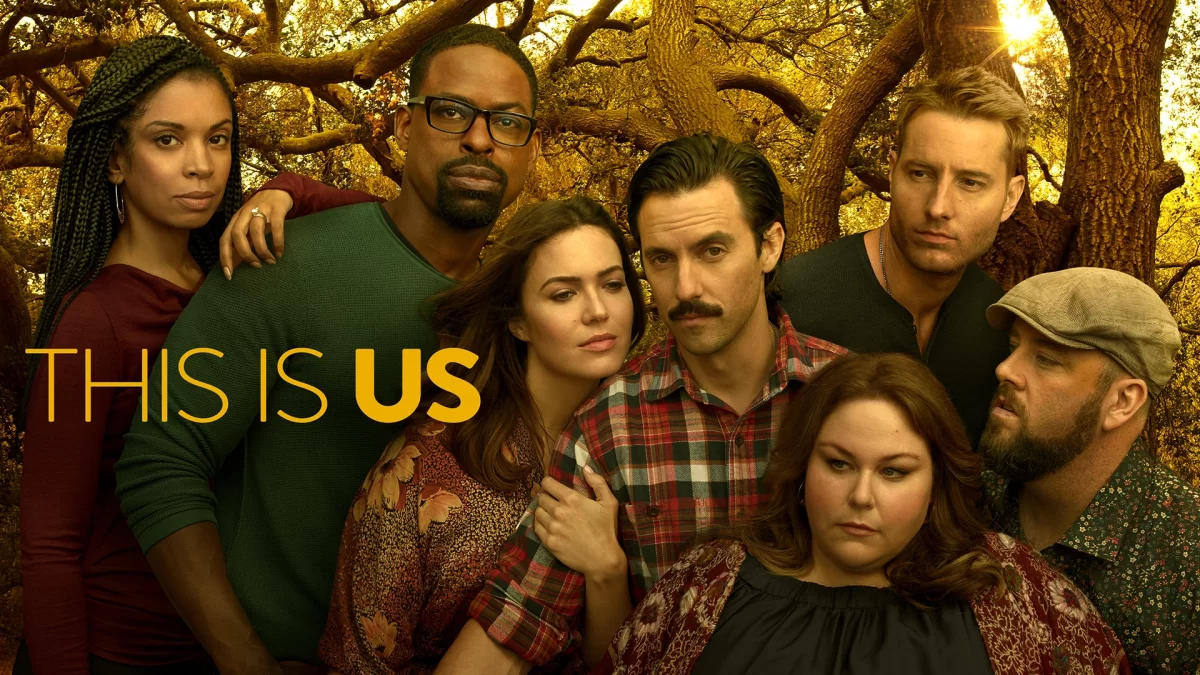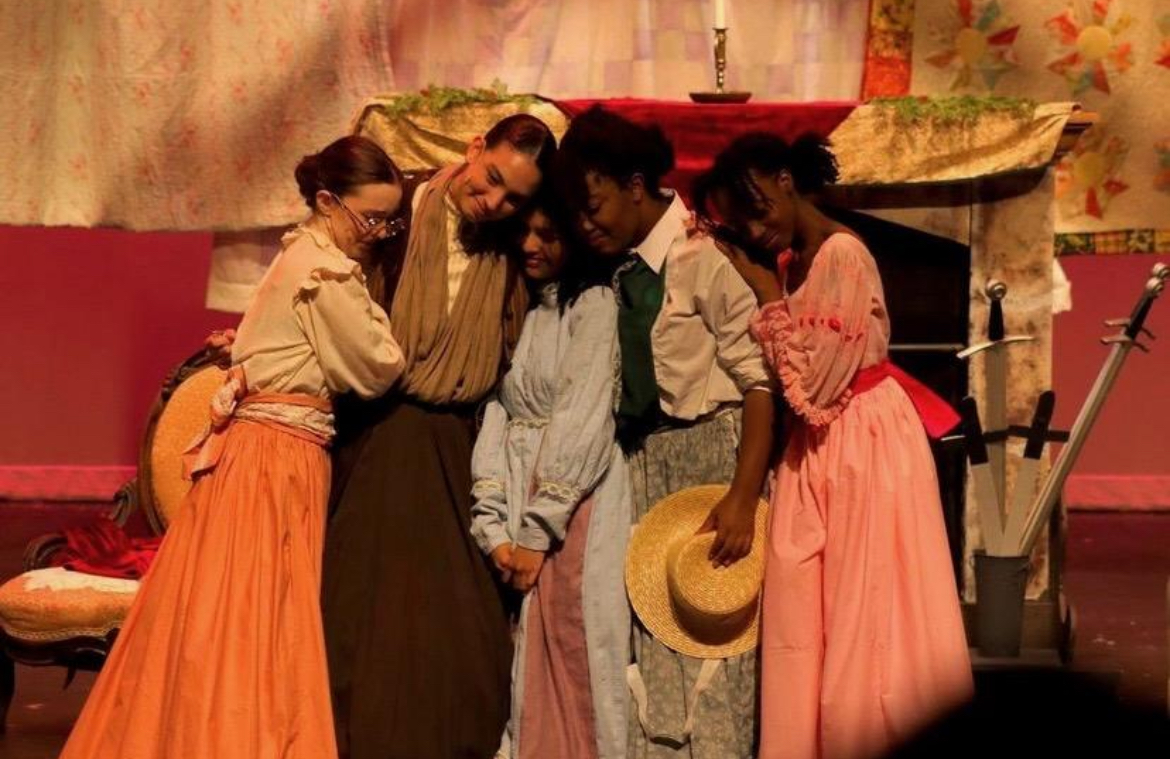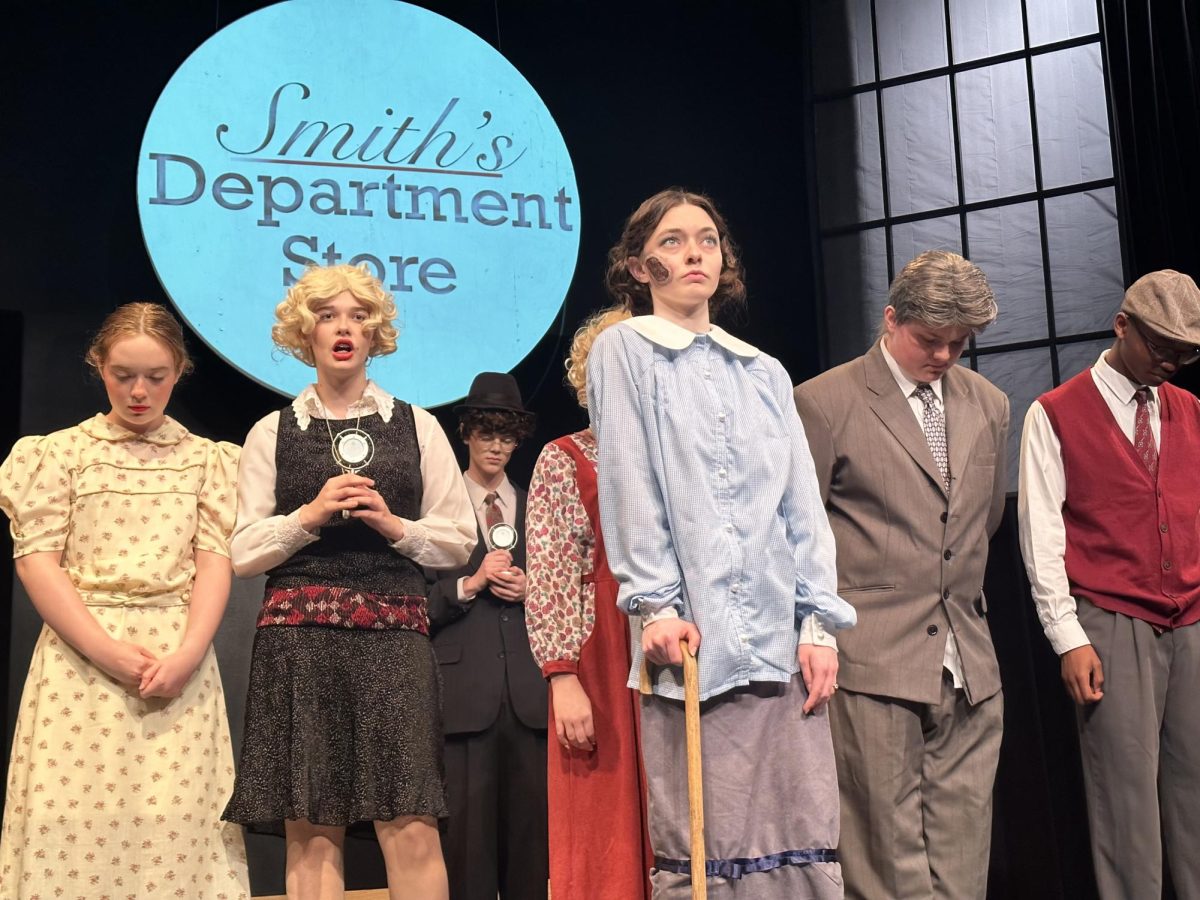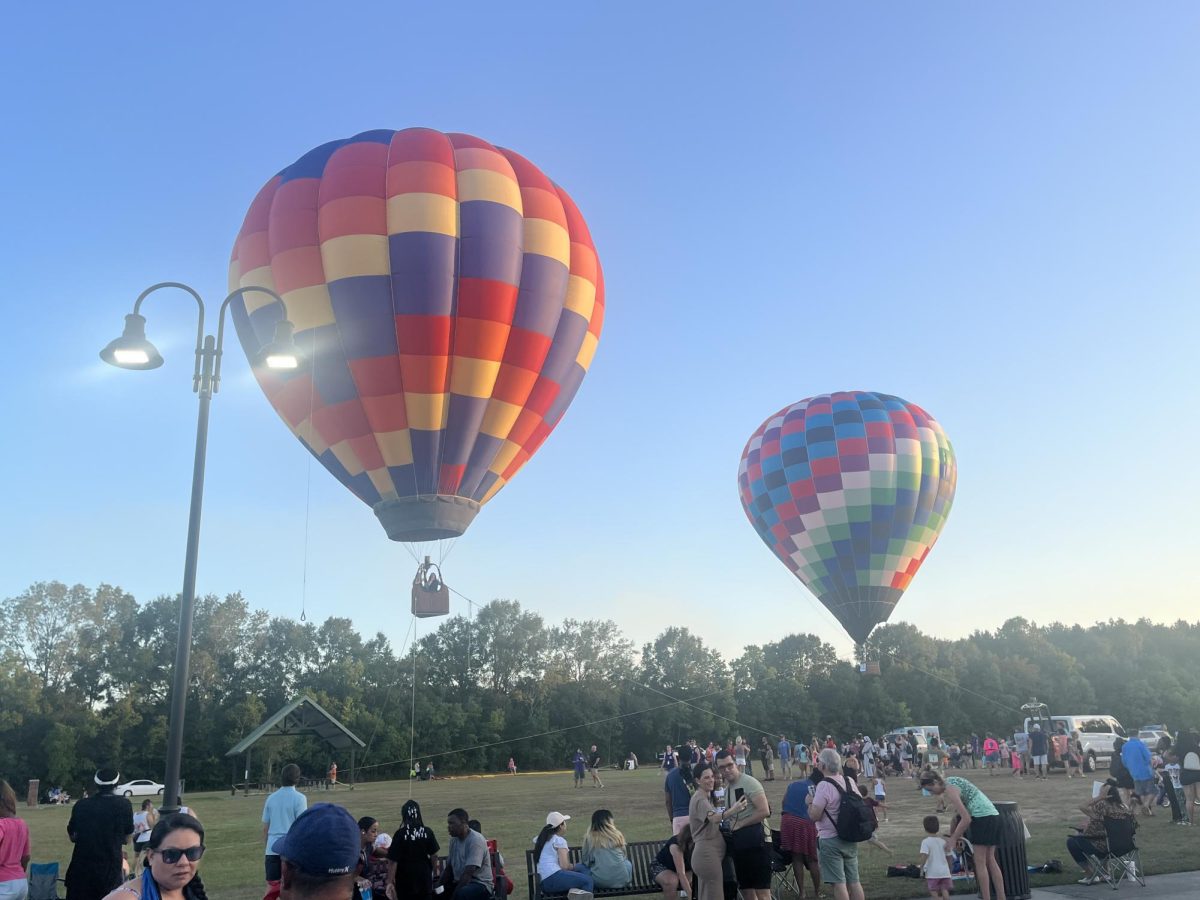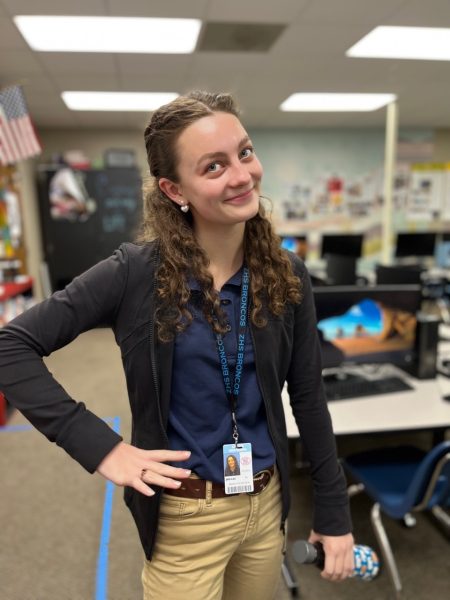History’s Forgotten Women
March 24, 2023
Women’s History Month is the time to recognize women’s accomplishments throughout history. Here is a list of nine incredible women whose contributions to society were overlooked, disregarded, stolen, or forgotten.

Sybil Ludington.
Sybil Ludington was the 16-year-old daughter of American revolutionary, Colonel Henry Ludington. On April 26, 1777, an American rider brought word to Sybil’s father of an attack by British forces in Danbury, Connecticut. The rider was too exhausted to spread the message further to the militia forces in neighboring towns, so Sybil road 40-miles (an all-night ride) to summon American militia. She is responsible for the assembly of about 400 militiamen and likely saved many lives that night. Even more interestingly, Paul Revere’s ride was approximately 12.5 miles long, 27.5 miles shorter than Sybil’s, yet his name is widely known, while hers is not.

Nellie Bly.
Nellie Bly was an American journalist in the late 1800s and early 1900s. Her real name was Elizabeth Jane Cochran, but she used a pseudonym to write her articles in an effort to be taken more seriously. Originally, Nellie was assigned to write about fashion, society, art, and gardening, the usual coverage for female journalists, but she was left dissatisfied. She decided to take a job working undercover where she would feign insanity to report on abuse at the Women’s Lunatic Asylum. Nellie’s report brought light to the profound mistreatment of women in these facilities, as well as shaped the concept of investigative journalism.

Frances Perkins.
Frances Perkins was the United States Secretary of Labor from 1933 to 1945 (she held the position longer than any other Secretary of Labor), serving under President Roosevelt, and she was the first ever female cabinet member. She helped write legislature for the New Deal coalition, which provided aid to millions of Americans during the Great Depression. In addition, she designed and fought for the Social Security Act of 1935, which brought government-granted monetary assistance to the unemployed, dramatically reducing poverty rates across America, but especially among the elderly. Frances’ contributions to the country were great in impact; she improved living standards and liberalized the way in which the United States supports financially disadvantaged citizens.

Lise Meitner.
Lise Meitner was a Jewish physicist in the mid-1900s, and she was responsible for the discovery of fission. Lise, along with chemists Otto Hahn and Fritz Strassmann, found that during some uranium reactions, the nucleus of an atom splits, producing a tremendous amount of energy. In 1944, Otto Hahn was awarded the Nobel Peace Prize in Chemistry for this discovery, excluding Lise altogether. But what’s worse, Lise’s scientific discovery was used to create atomic bombs in WWII and later nuclear weapons, something she never intended and actively opposed.

Josephine Baker.
Josephine Baker was a French singer, dancer, and actress in the mid-1900s. While her career itself was astonishing, it’s her bravery and courage in times of uncertainty that lives on today. When Germany invaded France in WWII, Josephine used her celebrity status as a means to gain information at parties and nightclubs, which she would relay to Allie intelligence. She also housed French residents who were eager to assist in the resistance. After the war, Josephine fought for civil rights in America, writing several articles about racial discrimination, refusing to perform to segregated audiences, and even speaking at the March on Washington with Martin Luther King (she was the only official female speaker).

Freddie and Truus Oversteegen.
Freddie and Truus Oversteegen were Dutch resistance fighters in WWII. They were just 14 and 16, respectively, when they joined the Council of Resistance, an organization that fought against Nazi powers. The girls detonated bridges and railroad tracks and smuggled Jewish children out of the country. They also seduced Nazi soldiers, approaching them in taverns or bars and inviting them on “a stroll through the woods,” before killing them. Their willingness to fight for their beliefs at such a young age is inspirational.

Rosalind Franklin.
Rosalind Franklin was a British chemist and X-ray crystallographer in the mid-1900s. She was studying DNA fibers as a research associate at the Medical Research Counsil when she made a monumental discovery: DNA molecules are made of two helixes. This was the first step in uncovering the structure of DNA, but Rosalind did not receive credit for her discovery. Instead, Francis Crick, James Watson, and Maurice Wilkins, male associates of Rosalind’s, were credited with this discovery, even receiving the Nobel Prize in Physiology or Medicine in 1962.

Margaret Hamilton.
Margaret Hamilton was an American computer scientist and systems engineer at NASA in the 1960s. She played a major role in the development and landing of Apollo 11, the spacecraft that first brought humans to the moon. Her team was responsible for creating the coding of the shuttle’s software. When Margaret was reviewing said coding, she discovered the spacecraft needed a back-up code to safely land on the moon; however, when Margaret brought this information to the attention of her male superiors, she was not taken seriously. Hamilton, knowing the dangers, defied the will of her superiors and programmed the back-up coding anyway. Moments before the landing of Apollo 11, an error occurred in the original code, endangering the mission and the astronauts on it. Luckily, Margaret’s back-up coding took effect, saving the mission.


